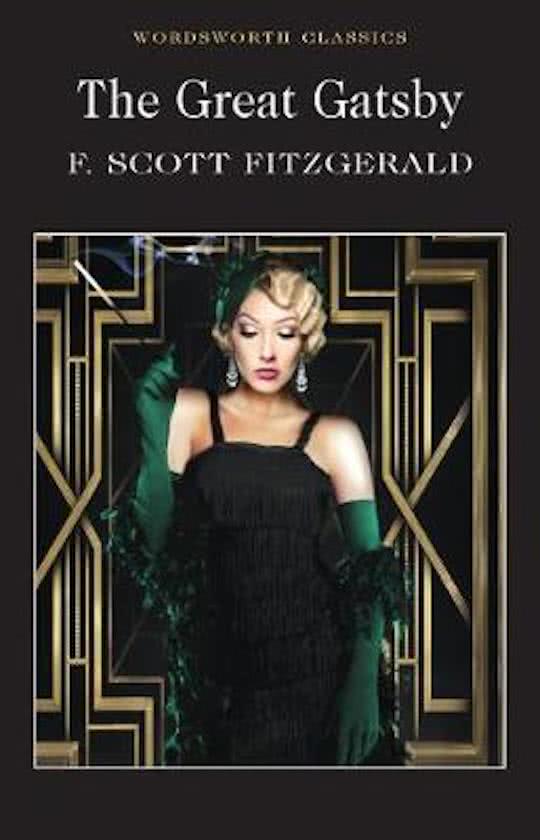Modernist Narratology in The Great Gatsby
Technological Modernity throughout the Text
One reason for the growing status of the novel might be that it was in many ways prescient.
Prescient in the narrow sense, that Fitzgerald's portrayal of dizzying, narcissistic wealth and its
sudden corruption eerily prefigured the Wall Street Crash and the subsequent Depression. But
the novel was also astute in its mapping of a contemporary urban world: a technological,
consumerist, leisure society seen here in one of its first fictional representations.
Even on the first page of the text, Nick Carraway's narrative introduces us to a world of insistent
modernity and technological innovation. He compares Gatsby's 'heightened sensitivity to the
promises of life' to that of a seismograph, 'one of those intricate machines that register
earthquakes ten thousand miles away' (p. 3). Gatsby's character is understood through
comparison with a piece of recondite, advanced machinery.
'There was a machine in the kitchen which could extract the juice of two hundred oranges in
half an hour if a little button was pressed two hundred times by a butler's thumb' (p. 26).
a mosaic of American modernity
The ‘Constant Flicker’- (oxymoronic)
Nick Carraway confesses that what fascinates him about New York is its mechanical vitality:
'the satisfaction that the constant flicker of men and woman and machines gives to the restless
eye' (p.37)
‘sunlight through the girders making a constant flicker upon the moving cars' (p. 44)
The ‘constant flicker’ functions as the distinctive symbol of modernity. The flicker of electric
light off a car, of an image as movie film clatters through a projector, of a camera shutter or of
the distracted modern consciousness.
Flicker Definition: (of light or a source of light) shine unsteadily; sometimes bright and
sometimes weak. Gatsby especially is described using the lexical field of light, but also Daisy,
and Tom is described as having “two shining arrogant eyes”. The flicker of men and women
questions their morality. They are shining unsteadily, which suggests they constantly switch
between the role of the scrupulous upper class and their deceitful dual lives; morality is easily
and often lost and restored for sake of reputation. Deceit is hidden when the light (morality)
is at its lowest, as it is harder to seek in the dark. ‘sometimes weak’ suggests that the dip in
morality of the characters is a weakness and the strength of the wealthy is somewhat a
façade. The three characters described in the book using light, are those who hold dark
secrets and are living double lives. The bright could represent the glimmer and metaphorical
light of wealth and class, and the weak could represent the hidden half of Tom, Daisy and
Gatsby’s life, associating with the working class.
, “electric stove”
Light and Electricity
The 1920s were a decade of great technological innovation and circulation
Electricity, especially electric lighting; cars; telephones; the movies and
photography became common currency in American society.
Fitzgerald's precise details of light and colour eg Electric light creates a strange,
Edward Hopper-esque urban lyricism and poetic effect:
‘Sometimes a shadow moved against a dressing-room blind above, gave way to another
shadow, an indefinite procession of shadows, that rouged and powdered in an invisible
glass’
Stylistically, the text itself is 'lit' by a succession of bright, jewel-like sentences
and phrases
blazing lights- brazenly new, but reaching back into fairytale
Fitzgerald's New York is bright, even blazing, and structured around the height of
Gatsby's mansion or advertising billboards or Manhattan's buildings. It is a
delicious confection: 'the city rising up across the river in white heaps
and sugar lumps’
The novel will develop a contrast between the 'natural' and the 'artificial' through
lighting effects.
Gatsby's meeting with Daisy in Chapter 5 is poetically organised around an
interplay between real and artificial light:
When Nick returns, Daisy and Gatsby have had their chat. 'He literally glowed; without a
word or a gesture of exultation a new wellbeing radiated from him and filled the little
room.'
And when it stops raining, Gatsby 'smiled like a weather man, like an ecstatic patron of
recurrent light' (p. 57).
On the next page Gatsby declares: ' "My house looks well, doesn't it? . . . See how the
whole front of it catches the light" ' (p. 58).
Meanwhile, the buttons on Daisy's dress 'gleamed in the sunlight' (p. 58).
The key question about Jay Gatsby is here being posed poetically. Is Gatsby a
natural being, a genuine bringer of sunshine? Or is the light he brings to Daisy
(and Nick) artificial -a lighting effect produced by money rather than personality?
Culture





